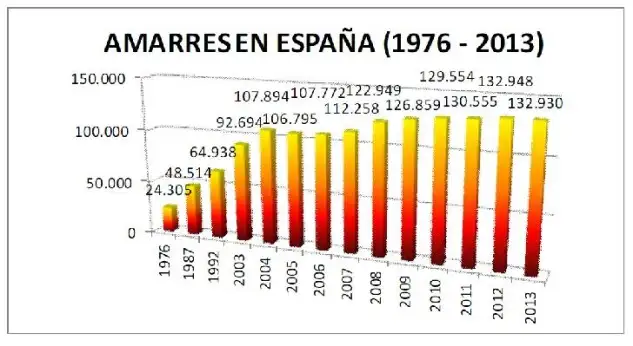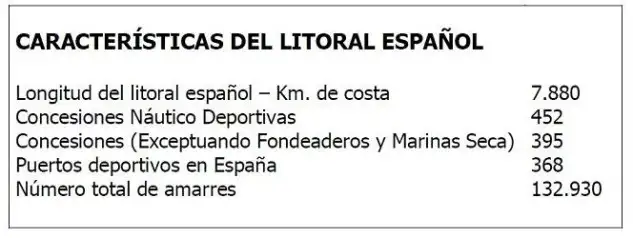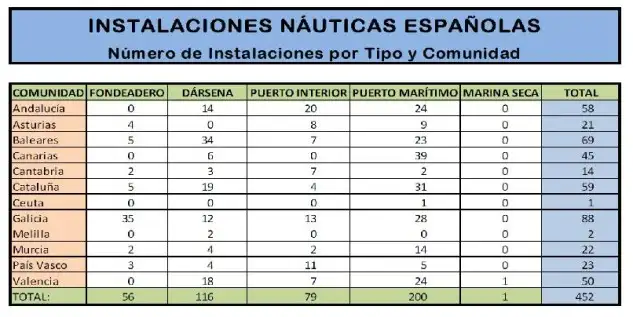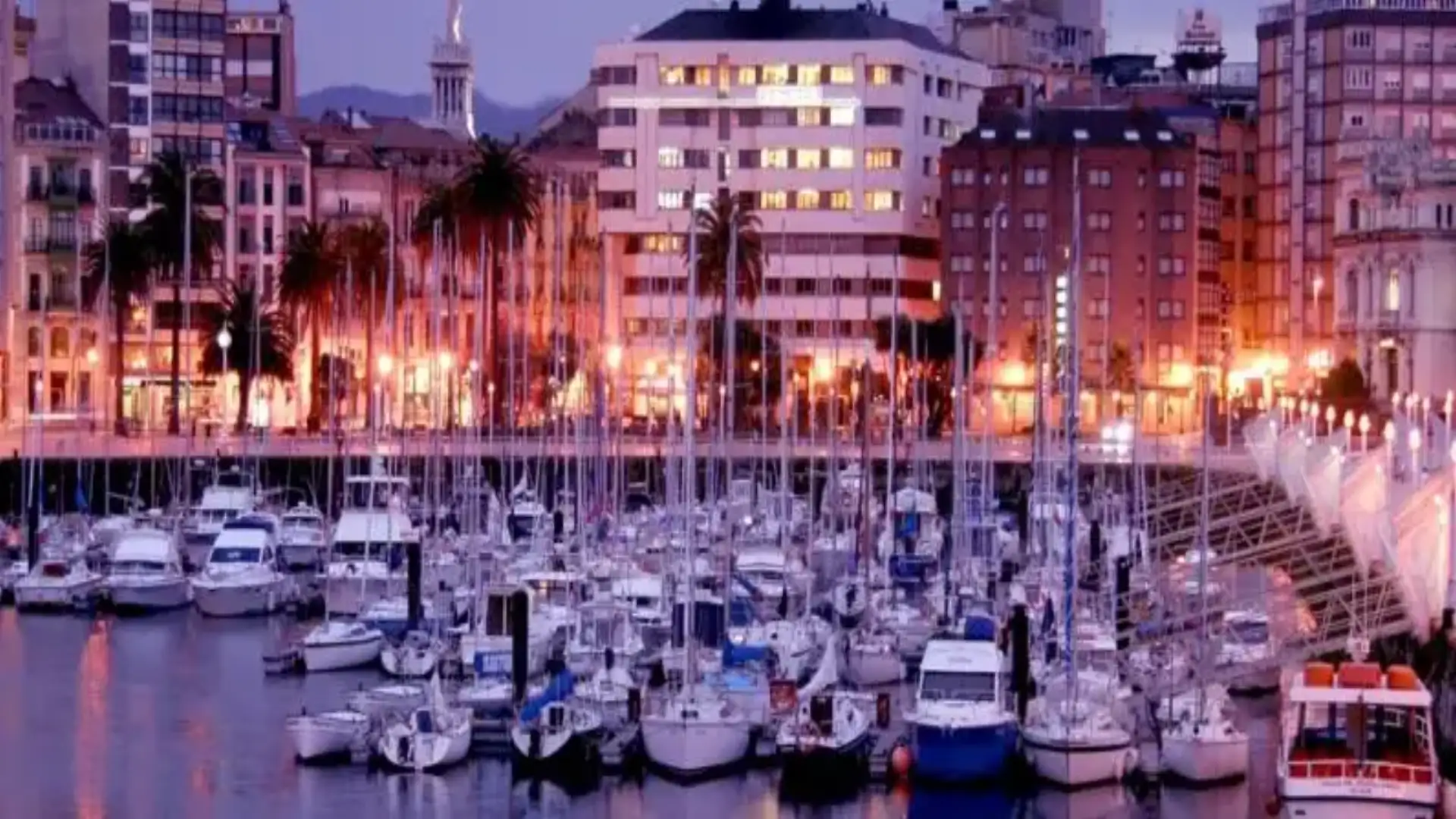
Marines on turbulent waters.
Marines on turbulent waters.
Galicia's Nautical Tourism owes a lot to a number of precursors who spoke of marines and lure, when almost no one was betting on it. The first politician, of course not!, who launched the idea from the Capital of Spain, was Manuel Fraga Iribiarne and his faithful escudero Pio Cabanillas at the time Director General of Tourism when Don Manuel was Minister of Information and Tourism. Very pro-British fraga was the engine we needed, on a Spanish coast that had some exceptions in the Catalan-balar area, and little more.
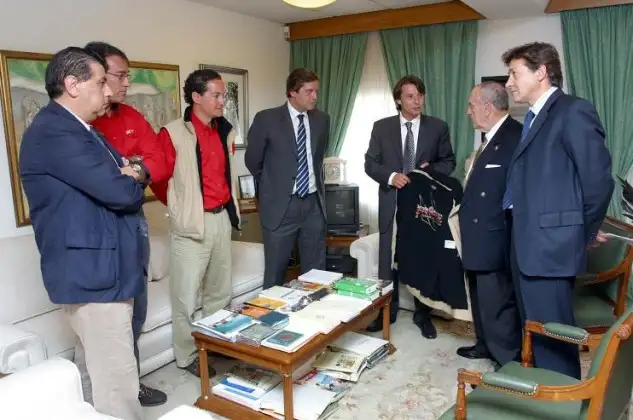
Manuel Fraga always had a special sensitivity and visions to promote nautical tourism. In this image of the Xunta de Galicia, Fraga welcomes the representatives of the Galicia Convida project that represented Spain at the Admiral's Cup. The project was a back-up to the nautical knowledge of Galicia in Europe.
The panorama in Galicia was desolate (and we talked about the 70 not of prehistory). Only a few plastic pants (and a few) had been installed by the missing Gonzacoca in both the Monte Real Club de Yates de Baiona and the Real Club Nautico de La Coruña, which have always been distinguished by the scales of foreign yachts. In the Ministry of Tourism in those years was Jesus Valverde Viñas architect of Paradores who was the one who convinced Fraga to be granted the concession within the Peninsula of Monte Real, to the International Yates Club. The work of enhancing nautical tourism in the privileged southern area of Pontevedra was carried out by another precursor: Dr. Ruiz, who in the 30 / 40's had been the introductor of the Snipe class with the "Toñete" that currently appears in the Naval Museum of Barcelona, in the Atarazanas.
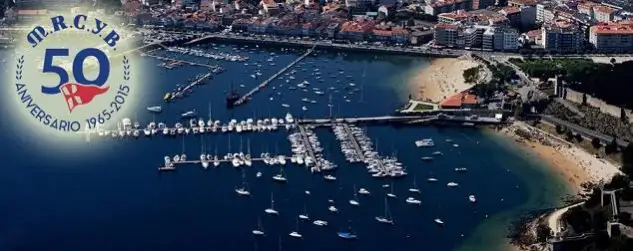
The MRCY of Baiona was the first nautical installation of Galicia with a certain quality to receive yachts in transit. As early as the 1980s, the ports of call exceeded the thousands of foreign ships.
Angel Ruiz, Jesús Valverde,..., and a little further north in San Vicente do Mar in the heart of O Grove Peninsula and very close to La Toja, another essential figure: César Ouro, who created in 1971 the first marina of Galicia as a company,...,..., practically at the time that the José Banus of Marbella appeared on the market. It would not be fair to forget in this relationship, of Luis de la Peña and Andrés Moreno that thanks to the support of the also missing Santiago Hernández Martín (Director General of Tourism in Madrid, with the dictatorship, UCD and the PSOE), he brought the first Travelift to Galicia, and has worked perfectly after 35 years! at Mount Real Club de Yates de Bayona, where he was relieved of service only a couple of years ago.
Thanks to the work initiated by Fraga, Cabanillas, Valverde, Ruiz, Ouro, Peña, Hernández,..., Galicia has come out of the backlog in the matter and has 12,356 attacks currently distributed between Pontevedra (6,295), A Coruña (5,042) and Lugo (1,019), with first-order facilities, case of the Marina Davila and A Lagoa in the Ría de Vigo; Sanxenxo, Portonovo and Commud in Pontevedra; Sada, A Coruña (A), Corutico (A, Portoseo);
The enthusiasm of the cited and others, as in the case of the President of the Nautico de La Coruña, Aurelio Fernández Lage, made it possible to gradually create facilities everywhere on the extensive, complicated and delicious coast of Galicia, especially when Manuel Fraga was elected President of the Xunta de Galicia,..., the explosion of facilities was tremendous, as well as official support. One of the facilities before Fraga and still paying for the lack of funding he had at the time, is the Puerto Deportivo del Real Club Náutico de Vigo, which is currently in a very worrying situation and needs to leave this impas, especially because of the bad image and economic damage that is causing the City.
Galicia as I was almost always late, but I was. The Mediterranean already had in the 90's splendid facilities, in the case of Sotogrande, Marbella, Benalmádena, Port Balís, Palma, Ibiza..., for its part in the western area of Andalusia Puerto Sherry in El Puerto de Santa María was the first five-star facility,... but it had enormous problems both in the time with Arab property, and in which the British were the owners,..., the situation led the Navy to the suspension of payments, and the damage was tremendous and is still being paid. Puerto Sherry was one of the most exciting (or perhaps the most) projects of all the Spanish nautical-port.
The same was true of Almerimar, a facility that was very difficult to lift,... Valencia was one of the most late and seems to be still immersed its marina in a difficult economic situation, as is the Club itself. Already in the late last century and early today, growth has been spectacular. For our almost 8,000 km of coast, Spain has 133,000 hikes.
But the 21st century has begun, and the Nautical Sports in terms of facilities, as well as strong investments for its remodeling, urgently needs a change in strategy. In Galicia, to the traditional club initiative, companies have joined this part for a few years that have served to strengthen the sector and to open it to the public. Clubs often poorly managed, and in others closed to the public to lime and singing, have already completed their cycle in society and need to give way to more advanced options, as in the first world.
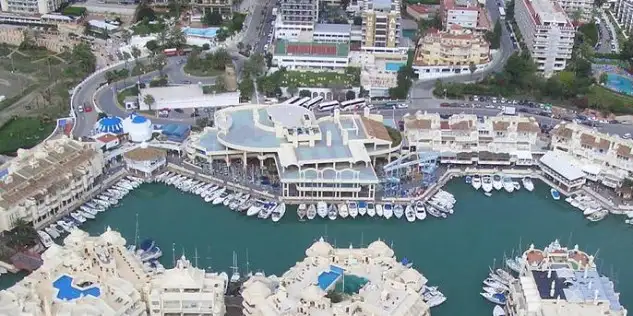
A public installation with a modelic operation: Marina Benalmádena. Managed by its City Council has an occupation rate of about 90% and a high quality. Maybe it's the role model. The clubs as port managers should be kept only in cases, providing services with a quality and economic solvency to deal with projects.
It is absolutely unthinkable for a citizen to be asked in France or Germany, who is his family or what he does, to be able to catch a boat. Do you imagine that in a garage they would ask you that to put a vehicle in? In Asturias the ports are public, as in Cantabria and most of Euskadi. Exceptions are necessary and there are clubs that must keep their concessions, and also they do not have to change, simply because they have far-reaching public ports and sometimes quality is necessary for the uptake of pseudo tourism.
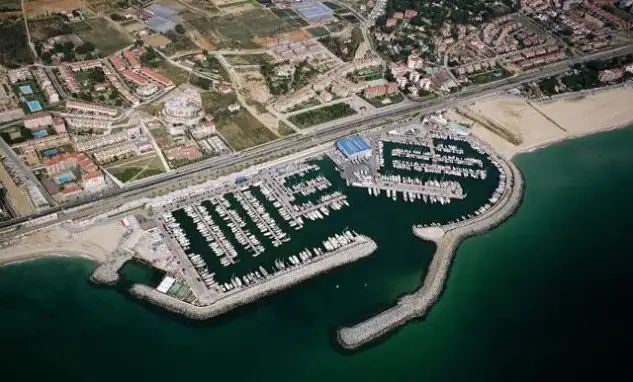
Port Balís is a clear example of how well a Club can do with strength, good professionals and responsible managers. It is one of the best managed facilities on the entire Spanish coast.
There are four obvious cases in the north. The MRCY of Baiona has next to the Navy of Ro Nautica. In La Coruña, the Club has Marina Real and very close is Marina Coruña with facilities open to the public, which are similar to those of the Club. The Maritime of Santander is the same as the Maritime of the Abra that in front of it has the Getxo Kaia, which is another reasonable option at a fair price, with magnificent services and is not as reserved as the Maritime, which in its right are. What is not welcome is that a public is not available next to a "gibraltareña" facility.
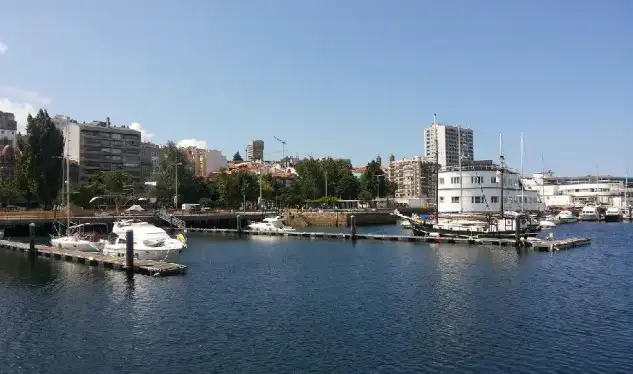
Situations such as that of the Vigo Sports Port must be addressed by the different administrations, not only for the sake of the entity itself, but also for the economic damage to the sector, which also causes damage to tourism and services. It is desolate as is the surroundings of the Port in the Galician city.
On this level we are talking about perfectly managed clubs, such as those mentioned, which are up to date in their payments to the Administration and which compete on equal terms in a free market. Flour of another costal, is what happens for example in Vigo, where a Nautico with a very complicated situation tries to compete with the sailors of the environment in an inferiority fringe, because its complicated existence affects the quality of its services and the good condition of its facilities, where the maintenance practically shines because of its absence, or in any case is low.
For this reason, because of undesirable situations such as the Nautico de Vigo, private companies have appeared in the sector, or investment companies that are gradually acquiring concessions, either by buying from clubs or companies with problems, or because they have won,... In Asturias the first ones have already been sold, in Catalonia the Generalitat has not renewed some club and has given it to companies,..., and that is that the panorama is fortunately changing, and the nautical one for four friends, is beginning to pass to history as in all of Europe.
For more information, please contact the following link:http: / / www.feapdt.es /
Texts: Manuel Pedro Seoane
Photographs: Digital Nautical Archives and Clubs / Marines
Statistical Information: FEAPDT from Spain
© 2024 Nautica Digital Europe - www.nauticadigital.eu


